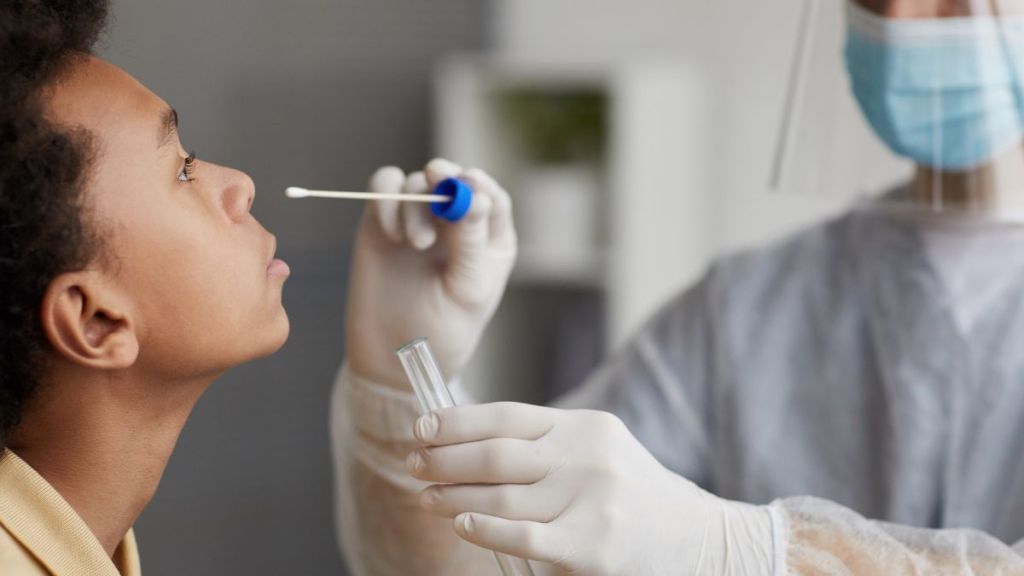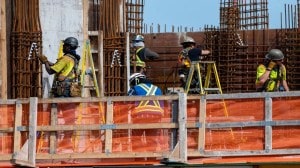The COVID-19 variant NB 1.8.1 and NF.7 has observed a mild surge in cases across Delhi NCR, Andhra Pradesh, Telangana and Bengaluru. While the World Health Organisation (WHO) classifies these variants “under monitoring”, no flags of warning have been raised so far. However, due to rising cases and the communicability of the virus, experts have recommended some symptoms to look out for before getting a COVID test.
Symptoms of the NB.1.8.1
As per the recent reports published by WHO, the NB.1.8.1 poses a low global health risk. However, some common symptoms have been identified as sore throat, fatigue, mild cough, fever, muscle aches, nasal congestion, low-grade hyperthermia, headaches, nausea and gastrointestinal issues.
Widely reported in metro cities, this variant is likely to target unvaccinated adults and the efficacy of symptoms has been mild to moderate. While being closely monitored for transmission rate and vaccine effectiveness, no significant hospitalisation has been noted in cases so far.
What to watch for?
Experts have reported that those who tested positive for COVID so far show only mild and subtle symptoms so far. There has not a reported loss of taste or smell. However, in case you feel any of the symptoms, closely monitor oxygen levels at home and avoid public places. Use a home antigen test or an RT-PCR test from a tested facility. Constantly remain hydrated as symptoms as expected to subside after 3-4 days.
As per latest Ministry of Health and Family Welfare data, more than 95% of eligible adults have been vaccinated. However, children who were non-eligible during the pandemic, might consider opting for a dose as they turn 18. Nearly 75% of the population has been administered the booster dose but only 18% have the omicron strain resistant vaccine.
So far, it has been observed that the NB.7 virus targets primarily South India as Kerala reported 273 cases in May 2025 alone. Internationally, the NB.1.8.1 has also shown higher transmissibility in foreign travellers in the US in regions like California, Washington, Virginia and New York.








